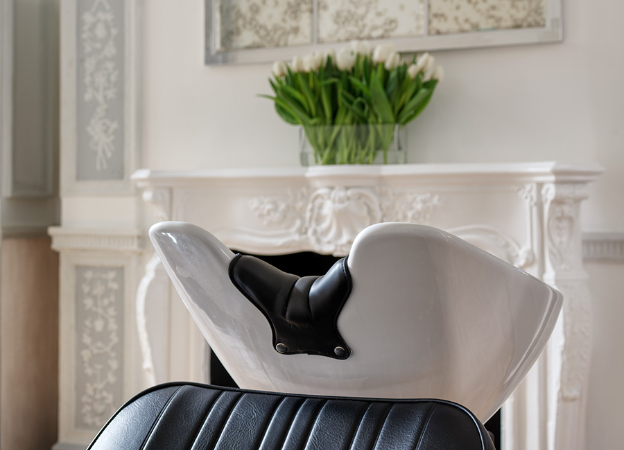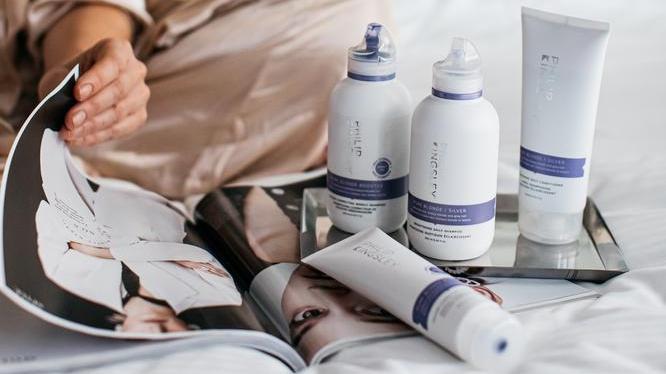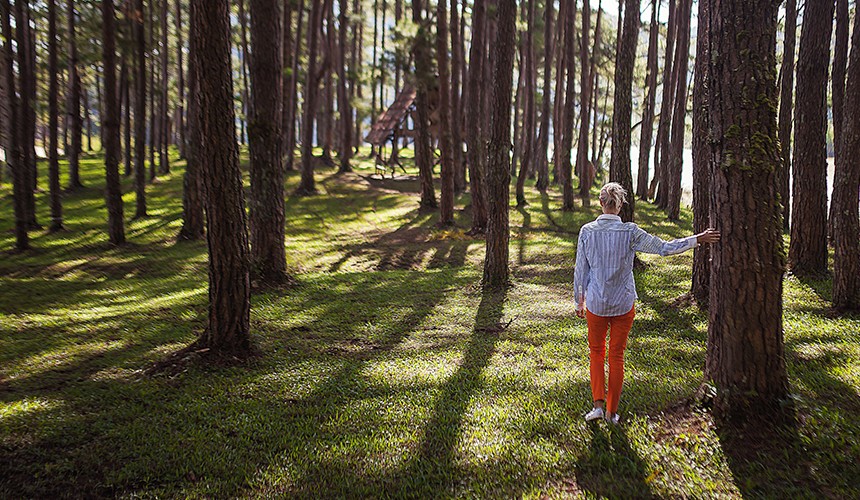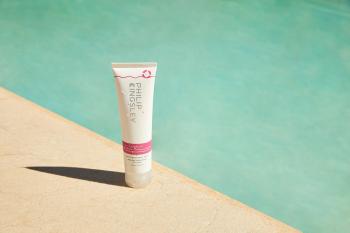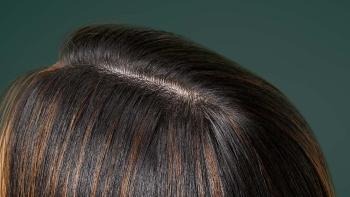What is forest bathing?
Despite its name, forest bathing actually has nothing to do with water. It is, in fact, a mindfulness practice (or form of ecotherapy) involving spending time in a peaceful, wooded environment, using all five senses to balance yourself, unplug from the constant screen time and tech, connect with your surroundings and clear your head.
Forest bathing was first introduced in Japan in the 1980s (it is a literal translation of the Japanese phrase shinrin-yoku). Recently, it has also been gaining popularity in the UK — it was one of the inspirations behind the Princess of Wales’ RHS Back to Nature Garden at 2019’s Chelsea Flower Show. Further, it is being promoted as a healthy hobby by Forestry England, which manages the country’s public woodland. Shinrin-yoku has also attracted interest from GPs as a way to improve our general health and quality of life. After all, time spent outside immersed in nature is infinitely good for us.
What are the benefits of forest bathing?
As we know here at Philip Kingsley, good general health and reduced stress levels are essential to the health of your hair — not to mention the rest of your body and your mind too. Practices like shinrin-yoku (as well as yoga, meditation and exercise) can help us take time out from our busy, often rushed and stressful lives to slow down and focus on what is important to us, plus what really brings us joy.
This directly links to the ‘slow living’ movement, a more meaningful and conscious lifestyle currently gaining traction for encouraging us to do things better rather than faster, and engaging in the activities that bring us joy and peace, particularly in a post-pandemic world. The calm, revitalising influence of the aforementioned (device-free!) activities can make all the difference to our mental as well as physical wellbeing.
Preliminary studies on forest bathing support this idea. Shinrin-yoku has so far been found to provide a wide range of health benefits, including: reduced blood pressure, improved immune response, better sleep quality, reduced anxiety, depression and stress, plus enhanced memory and concentration.
At Philip Kingsley, we aren’t surprised by any of these findings. It is certainly true that phytoncides (compounds emitted by trees and plants) are beneficial for our immune systems. And besides, who doesn’t feel refreshed and revived after spending time (even just an hour) surrounded by the calming natural beauty of a woodland?
Forest bathing destinations
If you live in a city, it can of course be difficult to escape into nature. Those of us in London are lucky to be in one of the greenest capitals in Europe, with many parks and wooded areas accessible throughout the boroughs. We love Highgate Wood in the north, Richmond Park in the west, Sydenham Hill Wood in the south, and Epping Forest in the east.
When we’re in New York, there are wooded areas to be found in Central Park. However, we think shinrin-yoku provides a great excuse to head upstate for a quick getaway. Ferncliff Forest, a 200-acre old-growth woodland, is one of our favourites for a day trip. Or why not try a weekend break in the Catskills, a region full of forests, wildlife and hiking trails?
Wherever you reside, be sure to devote some time in your schedule to venture outside and roam through woodlands to reap the benefits of forest bathing (and slow living) for yourself.
Philip Kingsley’s pledge to our forests…
At Philip Kingsley, we care greatly about the future of our forests. They are the lungs of our planet, and they offer fundamental support to life on Earth. That’s why all our cardboard packaging is Forest Stewardship Council (FSC) approved, meaning that the cardboard has been produced from responsibly managed forests.
We’re committed to lowering our carbon footprint, and to helping preserve Earth’s natural beauty for future generations.
And as for the rest of our packaging...
The bottles that house our award-winning formulas are crafted from either sugarcane bioplastic or Post-Consumer Recycled (PCR) plastic — two recyclable, sustainable options. Sugarcane, a renewable, natural by-product of the sugar industry, uses far fewer resources such as fossil fuels. It is carbon negative due to the amount of carbon dioxide it absorbs whilst being grown.
The other, Post-Consumer Recycled (PCR) plastic, is the recycled material created from discarded plastic items such as drinks bottles or food packaging. Fully recyclable, PCR reuses single use plastic which would otherwise be thrown into landfill sites; greatly reducing landfill waste and plastic pollution. It is a truly environmentally sustainable solution. Our formulations are happy in their sustainable homes, and we think they’ll be happy in your home too (don’t forget to wash them out and put them in your recycling bin when finished).
